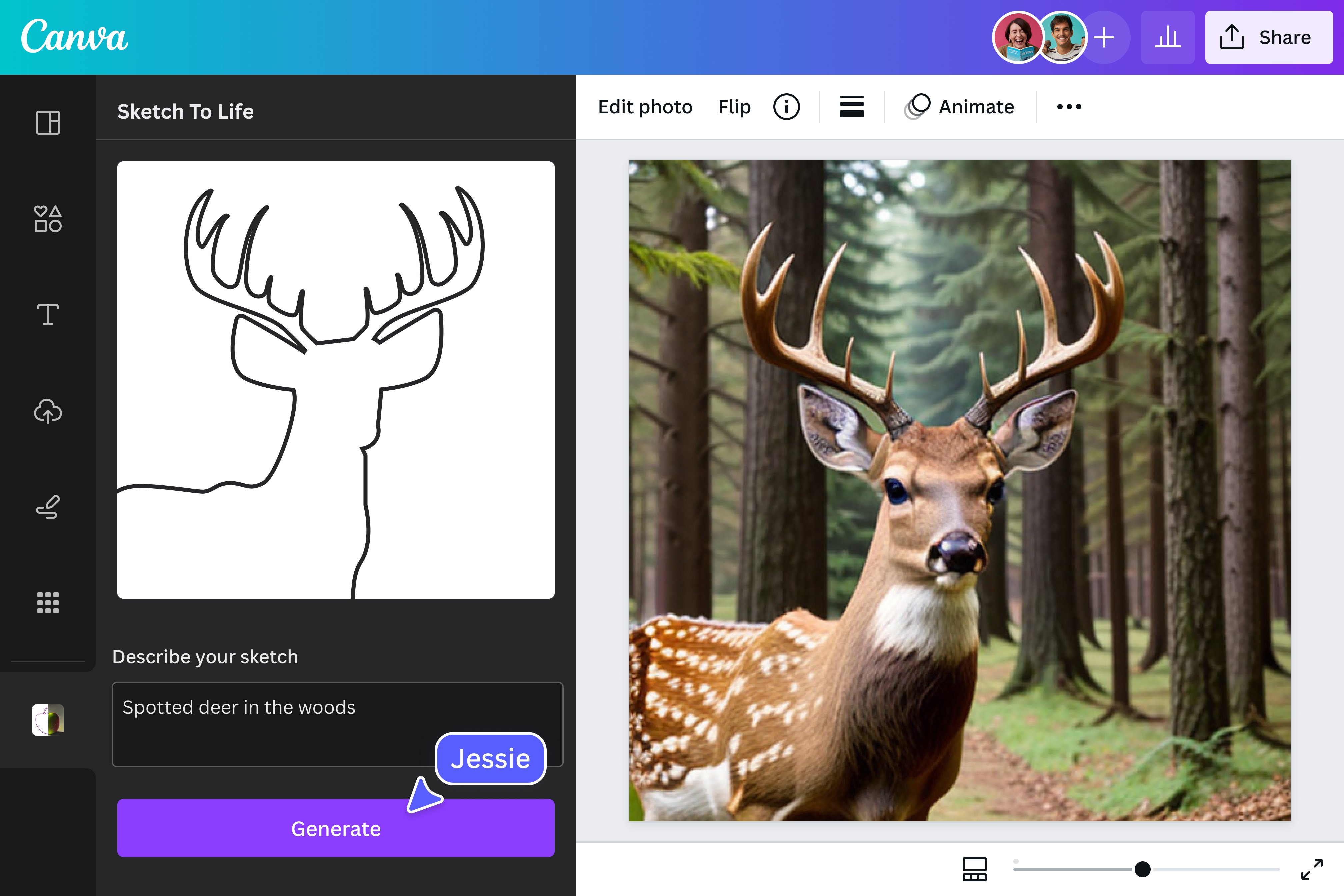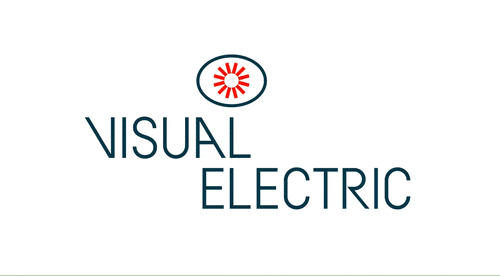- Fast Principles
- Posts
- Looking Ahead at AI Agent Interfaces
Looking Ahead at AI Agent Interfaces
Shifting from direct control to collaboration with AI agents in familiar ways

This week, we’re exploring the future of AI agent interfaces, sparked by a YC Design Review where YC General Partner Aaron Epstein and Raphael Schaad (Cron founder, now Notion Calendar) dissected next-gen AI designs.
Their big idea? We’re done bolting AI onto outdated web 2.0 boxes. Creatives need interfaces as natural as collaborating with a teammate—familiar, fluid, and multi-media-rich. Humans already have a playbook for this, and it’s packed with clues for AI’s next step. Let’s dive in.
Chat Fields Aren’t Enough
AI agents kicked off with chat bosses tied to large language models—think ChatGPT. They got us started, but they’re clunky:
Lost users: People didn’t know what to ask, how to ask it, or the extent of agent features.
No feedback loop: Early agents lacked the capacity to request clarifying questions or effectively receive feedback.
Hallucination mess: Early adopter’s lack of understanding about what LLMs capabilities coupled with these tools inability to communicate limitations led to many examples of false information and inconsistent output.
Prompt workarounds: “Prompt engineering” became a fix for bad design.
Humans Thrive on Familiar Flows
Creatives don’t just dictate—we sketch, chat, and riff together. Today’s AI agents don’t fit into creative teamwork:
Now: It’s like a newbie who runs off with your vague brief—early ChatGPT guessing blindly.
What we want: A partner who asks smart clarifying questions, “Who is the user?” or “What is the key metric of success for this service?”
Humans already collaborate in ways that feel instinctive: sketching storyboards, annotating drafts, brainstorming out loud. Grok gets close, asking questions like “Did you mean this?” Operator probes support queries with “Would you like this feature?” These are baby steps toward the back-and-forth we love—but they’re still trapped in text.
How Humans Collaborate Today
Humans collaborate best with familiar patterns: sketching ideas, sharing feedback, co-creating ideas during brainstorm sessions, down-selecting ideas based on a strategic report. Future AI interfaces can borrow these flows, blending them with multi-media magic to feel like a creative co-creation session—intuitive and alive.
Real Clues from Today’s Tools
Sketching Sparks: NVIDIA Canvas turns your doodles into lush landscapes—like handing a sketch to a teammate who nails the execution of your creative vision bringing it to life.
Text-Guided Nudges: Canva’s AI Sketch to Image lets you sketch, then say “retro vibe,” and it refines—like a manager’s art direction. Provide some rough direction from a thumbnail photograph or sketch and type some domain specific art direction such as create a “realistic photograph that is a dark Ridley Scott style 75mm image with bokeh.”
Down Selection: Visual Electric lets human art directors expand on concept generation broadly exploring areas of interest, down-select and refine to a final piece of artwork. The interface allows human users interact with AI agents in a familiar fashion.
Hiring AI Agents: extending capabilities of software has always been challenging to find or upgrade to have new features. LLMs rather than admit they can’t do something instead traditionally have hallucinated incorrect answers. Next generation systems will be capable of admitting they don’t have the skills and then ‘hire’ or create a new sub-agent with that capability.
🔥 🤖 🕵️♂️ INTRODUCING: Meta Agent
💥 this is by far the most exciting thing I've created using AI!!!
>>> made using Manus and @windsurf_ai
🔑 Meta Agent is an AI agent that uses the OpenAI Agents SDK to GENERATE NEW AGENTS
you simply tell Meta Agent in natural language the… x.com/i/web/status/1…
— Dan Mac (@daniel_mac8)
2:27 AM • Mar 15, 2025
Build A New Yet Familiar Future
As designers it is time to shift away from the old mechanisms of direct control software and shift to experiences that allow humans to manage teams of AI agents. The trick is of creative technologists is to create affordances that are familiar to how human teams have long managed their professional work streams from the processes to the language.
These interfaces won’t just speed up work—they tap into how we already think: visually, conversationally and iteratively. AI becomes a creative colleague that sketches alongside you, not a tool you boss around.
It’s our job as designers and creative technologists to stop thinking about under-defined, open-ended form fields and shift to considering specific jobs to be done by AI agents and the tools, language and skills they will need.
Tools to support AI agent design
Teams are creating tools to support how to build specific features and journeys into AI agents so that their key capabilities shine through with specificity.
These acts of defining ai agent narratives remove some of the randomness of interacting with AI agents teaching them how to conduct certain tasks. For example, it is common for designers to host workshops, while the topics may differ the activities are always familiar.
Some of the tools that facilitate defining AI agents are:
The Action Chain Workbook is an AI agent design tool to get started on how to define and design vertical AI agents with a specific role. The tool helps users plan AI agent processes to then build them into product requirement documents and user stories for coding.
The Ultimate Guide to Vibe Coding is a planning document for coding games using AI agent coders. While tuned to games the principle that humans do planning to then let AI conduct key tasks, in this case coding is important to recognize.
An entirely new way to present ideas
Gamma’s AI creates beautiful presentations, websites, and more. No design or coding skills required. Try it free today.
🧲 AI Agent Magnet
The importance of systems thinking and the tools to facilitate it to make better AI agent interactions is clearly needed. Sharing a link to a great round up post by Alex Wang of other thought leaders.
MCP has been all the rage the last few weeks after Claude announced it. Matt Pocock has created a clear, succinct tutorial that is free for anyone to take. No technical prerequisites required to follow along!
James Campbell, CMU CS PhD student in machine learning and AI agents published a beautiful timeline showing the history of AI agents. It includes noteworthy products, research papers and policy. It’s a nice resource to help futurists who are seeking to understand where are going by understanding where we have been.
💬 Suggestion box
A newsletter exploring the principles that will help us design AI agent experiences and startups that amplify human creativity.
Subscribe to join a community of designers and developers shaping purposeful AI agents.
New Referral Rewards
Until next time, keep innovating and stay curious!








